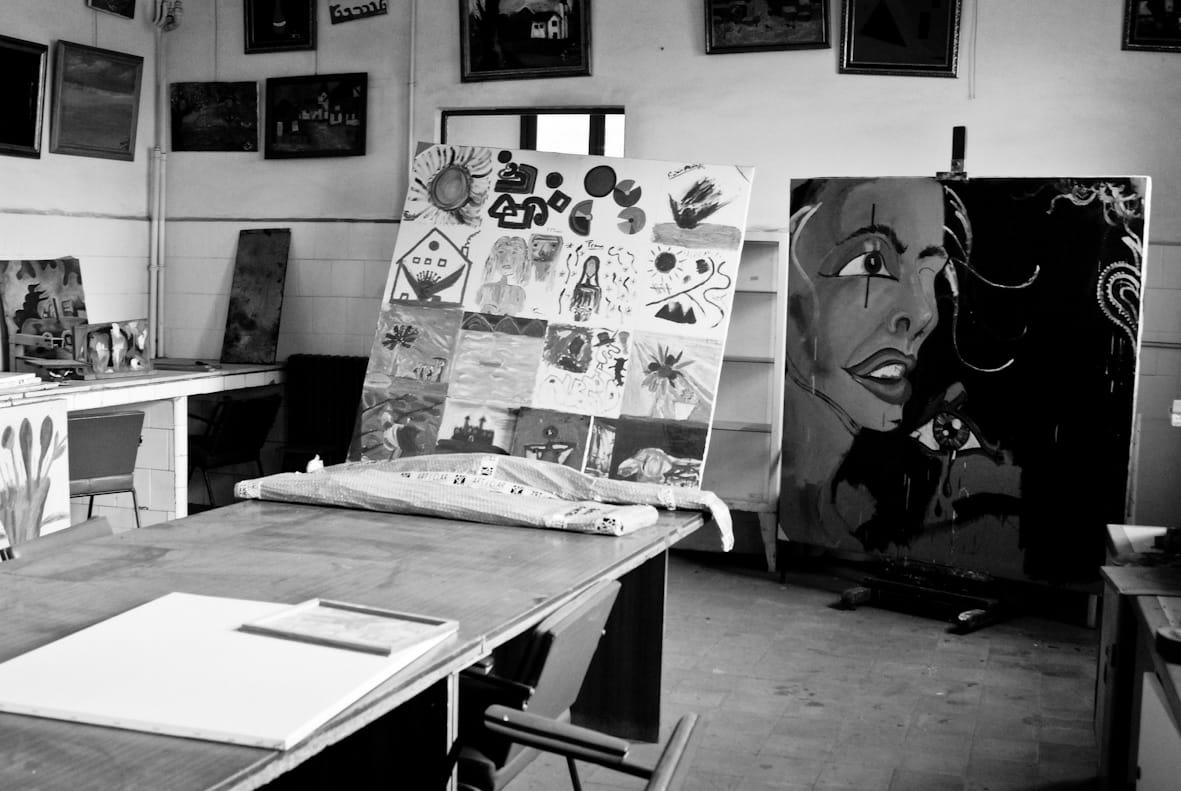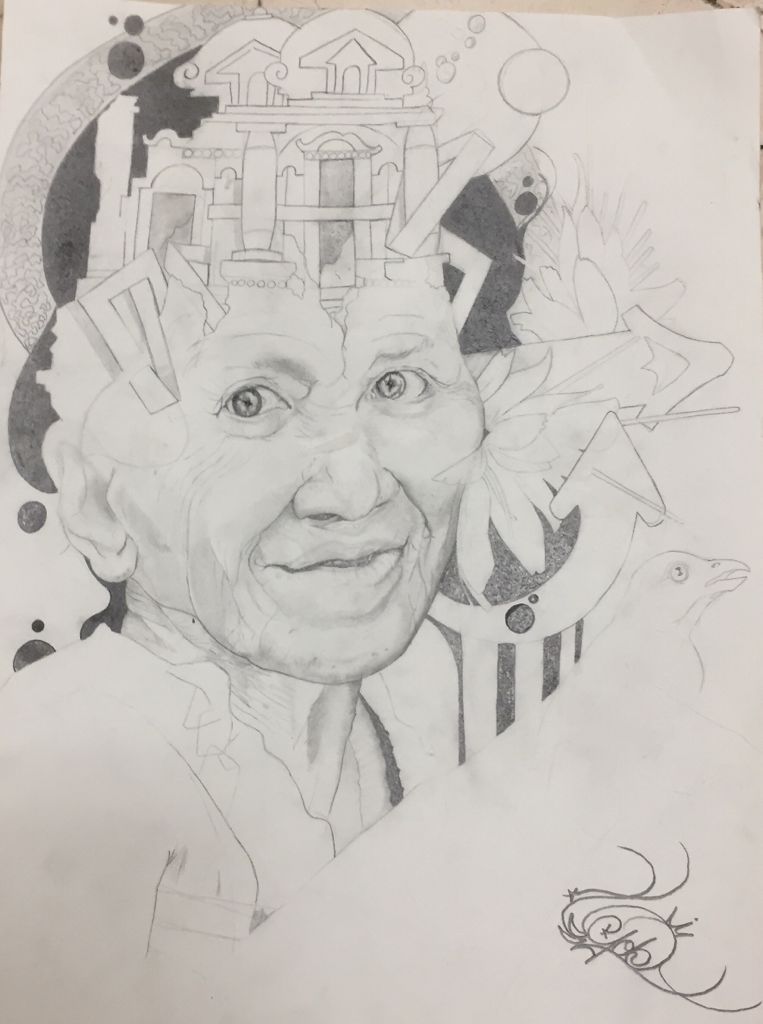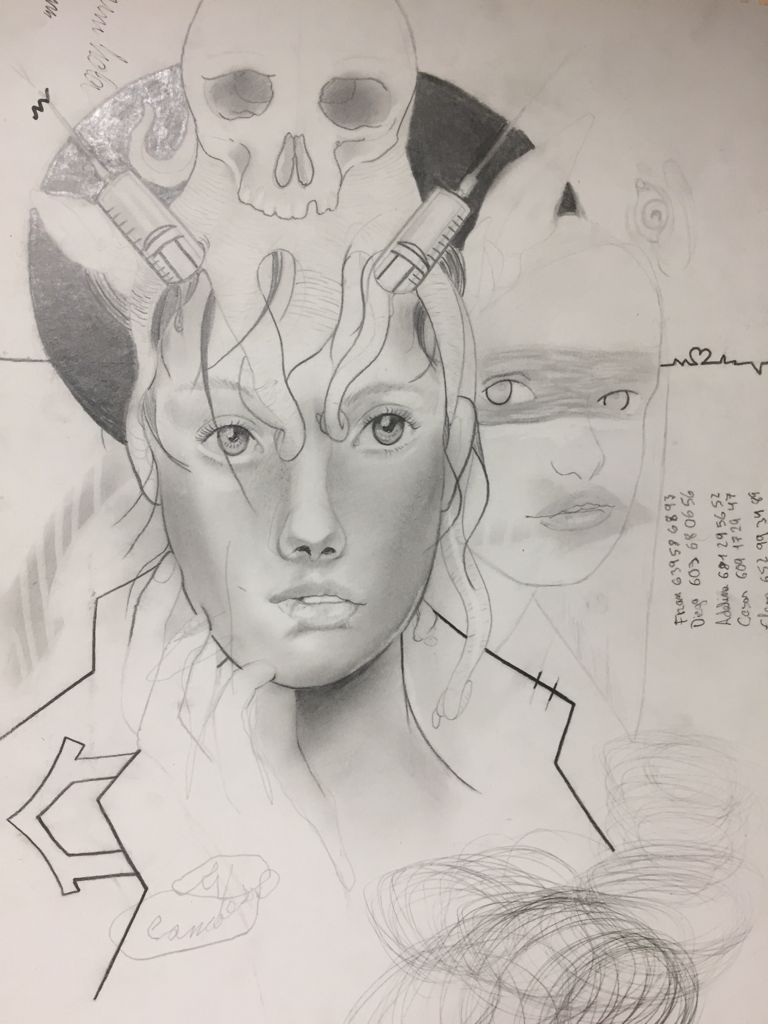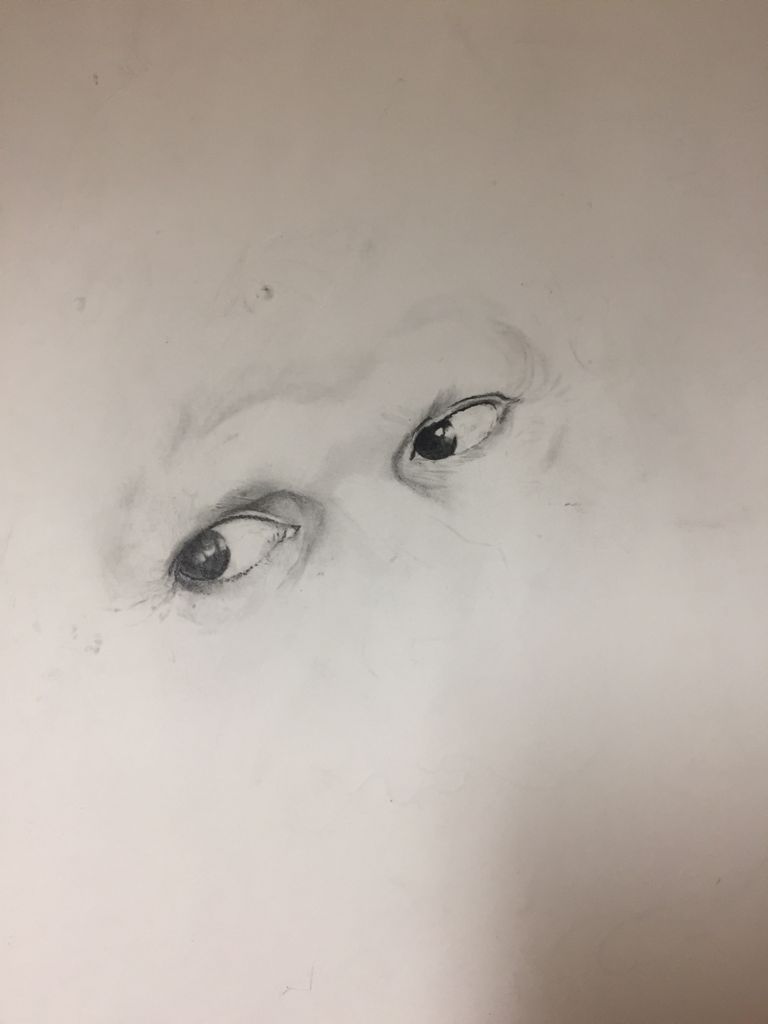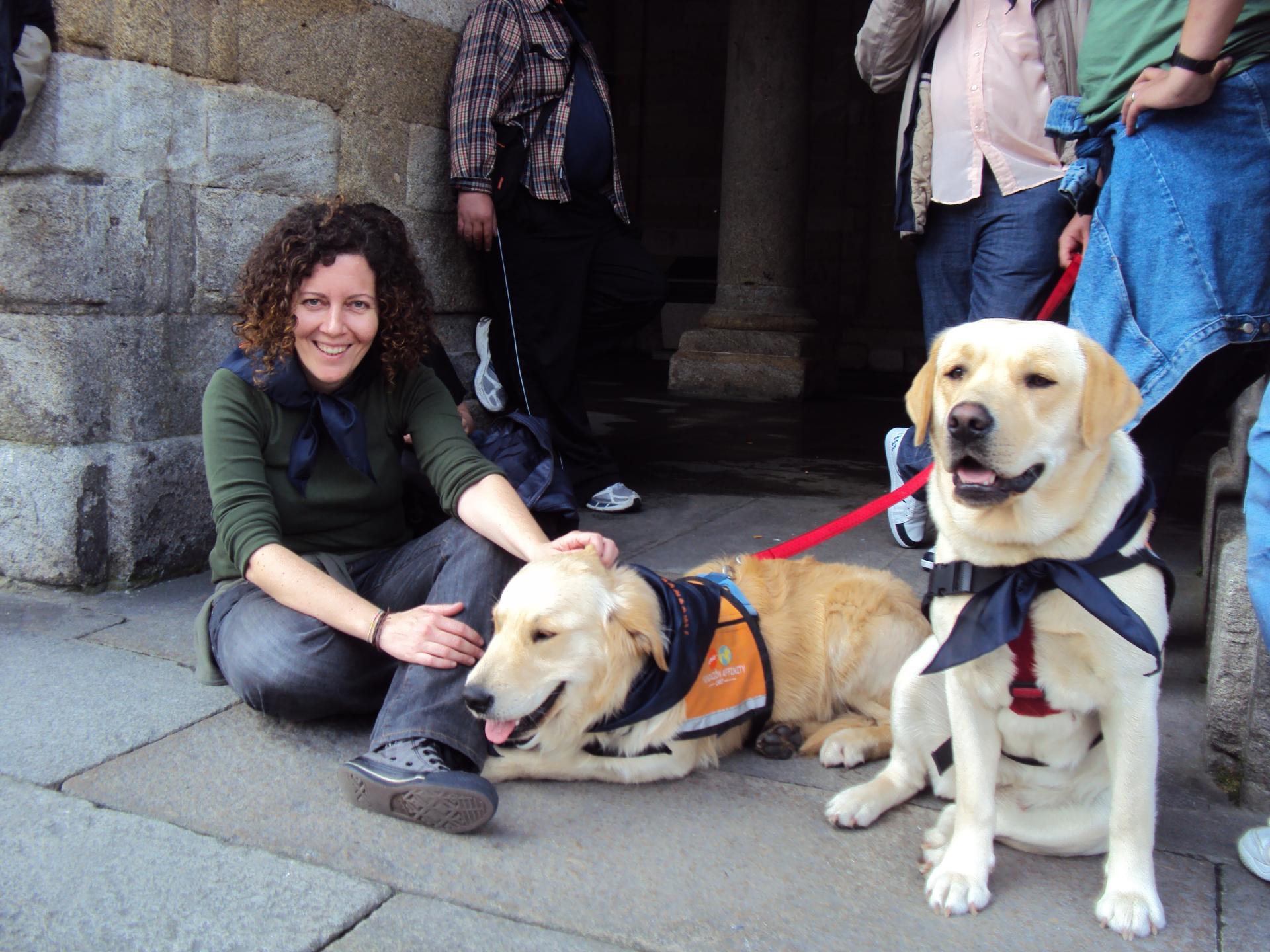Art ESPIDA for integration. Art BRUT
Basic information
Project Title
Full project title
Category
Project Description
The ESPIDA art project of the Piñor Psychiatric Hospital uses Art Brut as a catalyst for the humanisation of psychiatric care for people with severe mental disorders in medium and long-stay hospitals. Its implementation has succeeded in transforming hospital dynamics and therapeutics and in opening a creative space to society. The Toén-Piñor collection includes in its catalogue a very significant number of carvings, sculptures, paintings, sketches, models and writings.
Project Region
EU Programme or fund
Description of the project
Summary
The art ESPIDA (naked art) project has been developed in the Psychiatric Hospital of Piñor since 2008. It is based on the artistic movement known as Art Brut (Dubuffet, 1901-1985). This artistic movement is characterised by the fact that it is developed by people who produce works of art without academic knowledge or interest in the social or professional recognition of their work. It aims to use art as a catalyst for the humanisation of psychiatric care for people with chronic mental disorders in medium and long-stay hospitals. Its implementation has succeeded in transforming hospital therapeutic dynamics and opening up a creative space to society. This project is open to the participation of the 70 patients who may simultaneously be residing in this hospital environment, and to those who maintain some kind of link or outpatient treatment, being of help to overcome disabling symptoms such as abulia, anhedonia, apathy and psychic anguish.
It transcends the health field, although it is part of it. It is a project with a trans-institutional vocation, with a global vocation, which uses the installations of this hospital as a pretext to inscribe the citizens who inhabit it, temporarily or continuously, in the desire for art. A project with a dimension of subjective singularity: with the creative act, the clinical-therapeutic aspect (subject-art) organises the work and subjectivity itself: bringing calm, tranquillity and putting a limit to anguish. The social dimension transforms the culture and the environment in which it is inscribed. It is an artistic and humanist project that has promoted a creative movement of great social and environmental impact. It is a sustainable project that contributed in its implementation itinerary to improve communication and cohesion and that revealed its potential to transform daily life in the Psychiatric Hospital of Piñor. Art has proven to be a dynamic and inclusive element. Arte Espida opens the hospital to the world.
Key objectives for sustainability
Arte Espida is an artistic and humanist project that has promoted a creative movement of great social and environmental impact. It is a sustainable project that has contributed to improving communication and cohesion during its implementation and has revealed its potential to transform daily life in the hospital. The World Health Organisation (WHO) estimates that mental disorders are among the leading causes of burden and disability worldwide and that this trend will increase in the coming decades.
This project improves the efficiency and sustainability of health systems by allowing patients to take a leading role in their own therapeutic process, as artistic expression is a tool to alleviate mental distress and suffering. Artistic history is full of examples of this (Rousseau, Van Gogh, Joyce, Strinberg...).The project overcame the compartmentalisation of knowledge and works to articulate the intangibles of knowledge in an artistic space of creation and encounter. The reconfiguration of spaces and the empowerment of the creative subject has allowed the expression of subjectivity, and the destigmatisation of mental illness, placing value on its healing and mobilising potential. It breaks with the stigmatising stereotypes of mental illness and helps integration and social cohesion.
Key objectives for aesthetics and quality
This is a project of high humanistic, cultural and clinical value, which arose from the artistic production of people living in a psychiatric residential environment, either temporarily or permanently. The artistic production and the benefit observed in the vital and recovery processes of these patients encouraged the development of this project, constituting an artistic collection made up of paintings, drawings, carvings, sculptures and other small works. These were inventoried in 2008. This collection formed part of the "exposició pinacoteca psiquiatrica a Espanya" (Valencia 2009-2010). The project is enriched with the setting up of seminars in the Faculty of Philosophy of the University of Santiago de Compostela, and the creation of an exhibition space in the Psychiatric Hospital itself, as well as a creative space in which patients, health professionals, mental health professionals and people with links to the world of art participate. An exhibition is planned for the Marcos Valcárcel Cultural Centre in the first quarter of 2022.
The Mental Health Action Plan 2013-2020 of the World Health Organization (WHO) is based on six principles: universal health coverage, human rights, evidence-based practice, a life-course approach, multiculturalism and the empowerment of people with mental disorders and psychosocial disabilities. Among other actions, the WHO recommends ensuring the protection of the human rights of people with mental disorders by "supporting the development of a strong civil society and promoting the full inclusion and participation of people with mental disabilities in public affairs". We consider this project to further an objective of improving the quality of social and health care for people with mental illness and their human rights, enabling the development of their free personality and favouring their recovery process.
Key objectives for inclusion
Mental health is that state of emotional well-being in which a person is aware of his or her own capacities, can cope with the normal stresses of life, work successfully and contribute to his or her community.
Mental disorders include common conditions such as depression and anxiety, caused by alcohol and substance abuse, and other serious and disabling disorders such as schizophrenia and bipolar disorder. Suicide is an extreme but not uncommon outcome in people with untreated mental disorders. In addition, the WHO also prioritises epilepsy and dementia, neurological conditions that share commonalities with mental disorders in terms of service provision. The scale of the problem, according to recent estimates in the general population, 1 in 4 people experience a common mental disorder and about 1% a severe mental disorder.
Untreated mental disorders take a heavy toll, accounting for 13% of the total global burden of disease. Unipolar depression is the third leading cause of morbidity, accounting for 4.3% of the global burden. Estimates for low- and middle-income countries are 3.2 per cent and 5.1 per cent respectively. According to current predictions, by 2030 depression will be the leading cause of global morbidity.
People with mental illness often lack educational and income-generating opportunities, which limits their possibilities for economic development and prevents them from joining social networks or enjoying social recognition in the community. Among all disabilities, severe mental illness is associated with the highest rates of unemployment, up to 90%.The COVID crisis poses an added difficulty for people with mental health problems. Health care for these groups must be provided at the community level through the development of care programmes and support for families within the institutions specialising in their care, which has been exemplified in this project. Art has proved to be a dynamic and inclusive element.
Results in relation to category
Piñor Hospital has a privileged environment of woods and gardens, which favours multiple outdoor activities that improve the quality of life of the people who live there. For the last 12 years, two Labrador dogs have served as a dynamic and therapeutic element inside and outside the hospital. We work in the free creation space with artists and intellectuals, both local and from other autonomous communities, who serve as a lever for the promotion, support and dissemination of the project, thus generating important social and artistic links for its expansion.
The free creation space and the museum area allow for social interaction between hospitalised citizens and hospital staff, the general public and collaborating artists.
It establishes bridges of communication with other spaces of creation and exhibition, allows the cataloguing and registration, and the conservation of works, pieces and documents.
This project consolidates a group of patients who participate actively, inside and outside the hospital, attend exhibitions, establish social links and improve clinically and subjectively.
This project has allowed progress to be made in the integration of the person in the community environment, supporting them in their recovery process, developing prevention and early care programmes, focusing on people with chronic mental disorders and establishing organisational innovations and promoting research aimed at the care of mental health problems in the post-COVID stage.
Arte Espida opens the hospital to the world. It promotes the valuing of the artist regardless of diagnosis. It breaks with stereotyped and stigmatising discourses. It promotes free creative expression as therapy and humanises care, improving the quality of life and intra-hospital dynamics.
The arte espida project has received a mention in the humanisation awards of the Galician Health Service 2020.
How Citizens benefit
Arte Espida acted as a catalytic force for encounters, deploying its potential to break down barriers and feed back into civil society exchanges.
The reconfiguration of spaces and the empowerment of the creative subject has allowed the expression of subjectivity, and the de-stigmatisation of mental illness, placing value on its healing and mobilising potential.
Civil society has become involved in the project by participating in the free creation space with artists and intellectuals, both local and from other regions of Spain, serving as a promotional lever, supporting and disseminating the project. Important social and artistic links have been generated for its expansion.
The free creation space and the museum area allow for social interaction between hospitalised citizens and hospital staff, with the general public and with the collaborating artists.
In addition, bridges of communication have been established with other creative and exhibition spaces, allowing for cataloguing and recording, and the conservation of works, pieces and documents.
Innovative character
It is a transgressive project with a transversal and innovative vocation, both for the way in which it has recreated new spaces and for the humanist background that inspires it.
This project has allowed us to move forward in the process of reforming psychiatric care by opening the hospital to society, thus reducing the stigma attached to mental illnesses, which often deprives sufferers and their families of adequate treatment. It has also allowed us to normalise the daily activities of these people and make them visible in the local social context. Throughout history, mental illness has been marked by ignorance and fear, and people are often the object of social exclusion. The stigma and discrimination associated with mental illness remain major obstacles to a normalised public health approach. To give an overview of the scale of the problem, according to recent estimates in the general population, one in four people experience a common mental disorder and between 0.5 and 1% a severe mental disorder.
The unequal historical trajectory of mental illness compared to other illnesses has justified professional and social movements that have raised high expectations, but reaped few results in terms of health for patients and improvements in their fragile environment.

